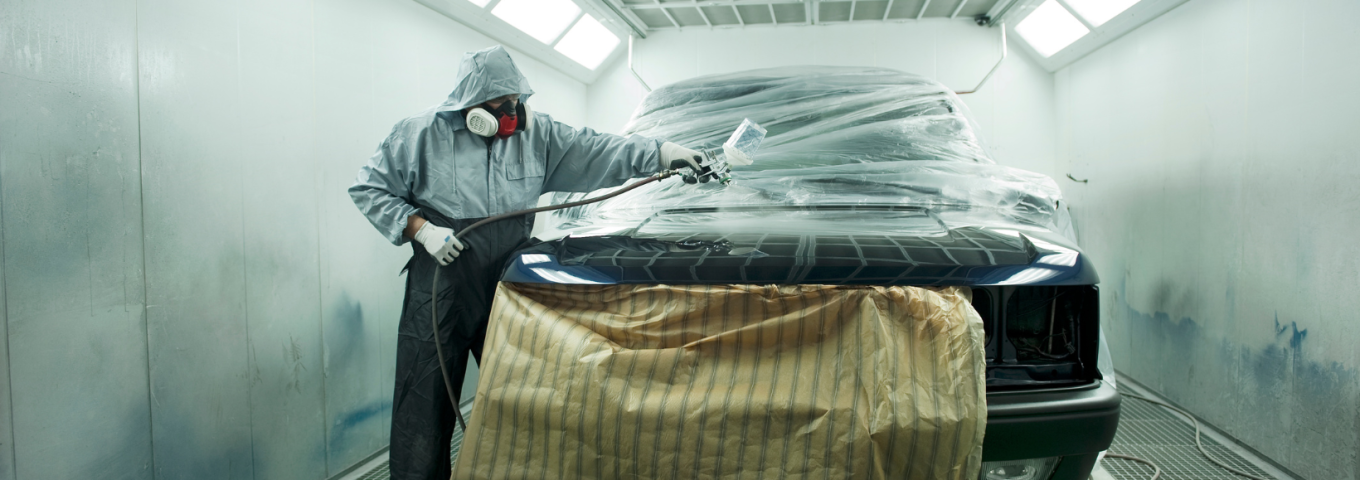Paint Fumes: The Dangers Explained and How to Stay Safe
As paints, solvents, and paint strippers are seen as ‘everyday’ items, they are generally deemed safe. However, repeated exposure to paint fumes and chemicals can cause serious health concerns.
By understanding the health risks associated with paint fume exposure, employers can better protect their employees from long and short-term health issues.
This article discusses the health risks associated with exposure to paint fumes in the workplace and tells you how to keep yourself and your employees safe.
What makes paint fumes hazardous to health?
Paints are generally made up of several hazardous chemicals if ingested, inhaled, or if they come into contact with the skin. These include:
Toluene
Toluene is a clear, colourless liquid which becomes a vapour when exposed to air at room temperature. It is typically used with other solvents and chemicals, such as paint pigments, to create aerosol paints.
Inhaling paint fumes
Inhalation of toluene can cause systemic toxicity, and the most common side effects include tiredness, confusion, dizziness, and headaches. Toluene can cause inflammation, redness, and itchiness if it encounters the skin.
Benzene
Benzene is a colourless and highly flammable liquid that is found in most glossy paints, spray paints, and paint thinners.
Inhaling paint fumes
Inhalation or ingestion of benzene may cause neurological effects, problems with the heart and lungs, and convulsions.
Formaldehyde
Formaldehyde is often added to paint to inhibit bacterial and fungal growth. Formaldehyde is a colourless, strong-smelling chemical gas at room temperature.
Inhaling paint fumes
People who inhale formaldehyde often suffer from nose and throat irritation, wheezing, shortness of breath, and changes in lung function.
Phenylmercury Acetate (PMA)
Phenylmercuric acetate is typically added to water-based and latex paints to inhibit bacteria and fungus growth and prolong shelf life.
This substance is toxic by ingestion, inhalation and skin absorption and will severely irritate skin and eyes.
Paint fumes side effects
Short-term exposure to paint fumes in the workplace puts workers at risk of ailments and debilitating health conditions such as irritation, breathing problems and nausea. However, the implications of excessive exposure or contact with known carcinogens can result in long-term conditions such as liver damage and cancer.
How to protect yourself
There are several steps you can take to protect yourself against hazardous paint fumes and vapours in the workplace, such as:
Using PPE – Use the appropriate Personal Protective Equipment (PPE) such as respirators, coveralls, goggles, gloves, and shoe covers.
Practising safe spraying – Whenever possible, paint spraying much be performed in a large, well-ventilated area, preferably outdoors.
Speaking to someone about an LEV system – A Local Exhaust Ventilation (LEV) system will eradicate fumes and vapours by extracting them at the source and reducing concentrations safely.
If you or your employees are exposed to dangerous paint fumes and concerned about safety, it’s worth speaking to one of our P602-qualified LEV Engineers. They can discuss your concerns and bespoke solution to accommodate your needs and budget.

